7 Beautiful Tuscan Villages To Visit Once In Your Life, From A Vineyard-Hidden Gem To An Idyllic Island Escape
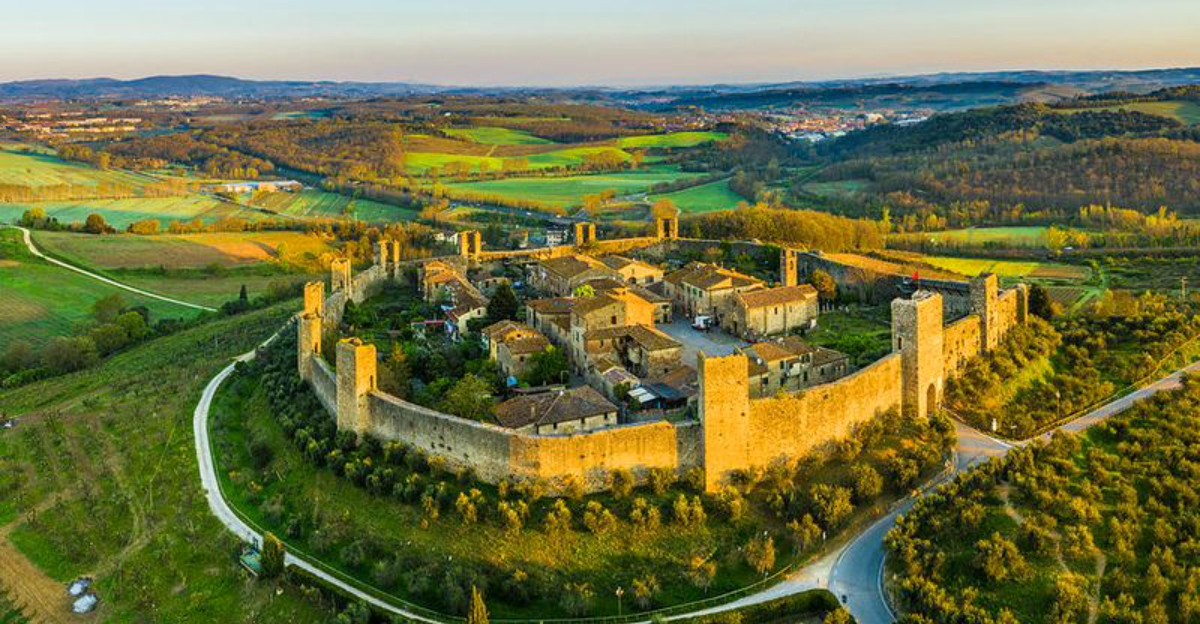
Tucked beyond Tuscany’s famous cities lie villages that feel like secrets waiting to be uncovered. I keep imagining myself wandering sun-soaked vineyards, cobblestone streets echoing centuries of stories, and coastal hideaways where the breeze smells of salt and wildflowers.
These Tuscan villages offer a blend of timeless charm and authentic Italian life, from hidden gems nestled among rolling hills to serene island escapes. No matter if you’re a wine lover, history buff, or simply craving tranquility, these spots promise unforgettable moments that will steal your heart and make you want to return again and again.
Ready to discover the real Tuscany? Let’s go!
1. Pitigliano: The Little Jerusalem
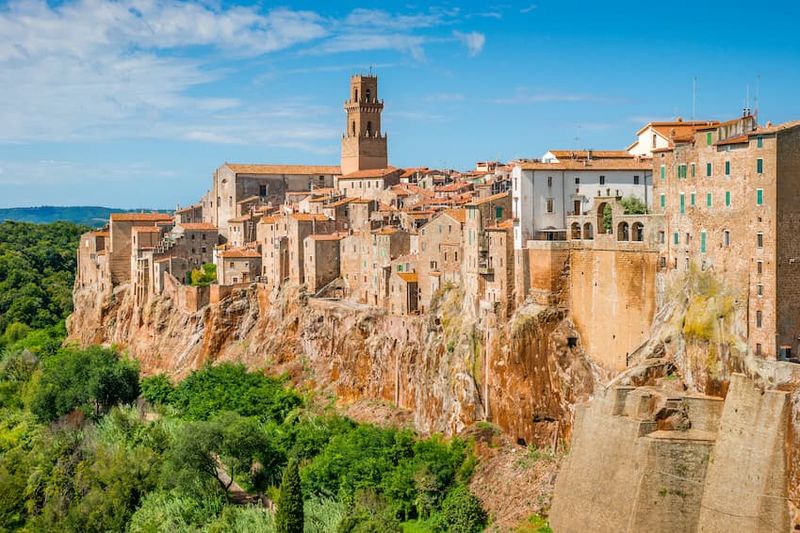
Approaching Pitigliano feels like witnessing a miracle. The village emerges from massive volcanic tufa rock as if carved directly from the cliff itself. Golden stone buildings glow at sunset, creating an otherworldly vision.
Known as ‘Little Jerusalem’ for its historic Jewish community dating back to the 16th century, narrow lanes lead to an ancient synagogue and kosher bakery. Underground caves and Etruscan pathways honeycomb the rock beneath your feet.
Here’s a little insider grapevine for you: sip the local Bianco di Pitigliano at a family-run cantina. It’s the perfect pairing for wild boar dishes served in charming stone-walled rooms. Trust me, that combo will wine you over every time!
2. Barga: The Musical Mountain Haven

Nestled in the verdant Garfagnana valley, Barga’s red-roofed stone houses climb a steep hill crowned by a magnificent Duomo. Scottish flags flutter unexpectedly from windows, a nod to centuries of migration between this village and Scotland.
Music fills the summer air during the renowned jazz festival, when performers turn ancient squares and gardens into intimate concert venues. The acoustics in the 900-year-old cathedral create natural amplification for classical concerts.
Follow cobblestone lanes to discover artists’ workshops and small galleries. Have you noticed how the light here seems different? Artists have flocked here for centuries because of the unique quality of sunshine filtering through mountain air.
3. Suvereto: Timeless Tuscan Charm
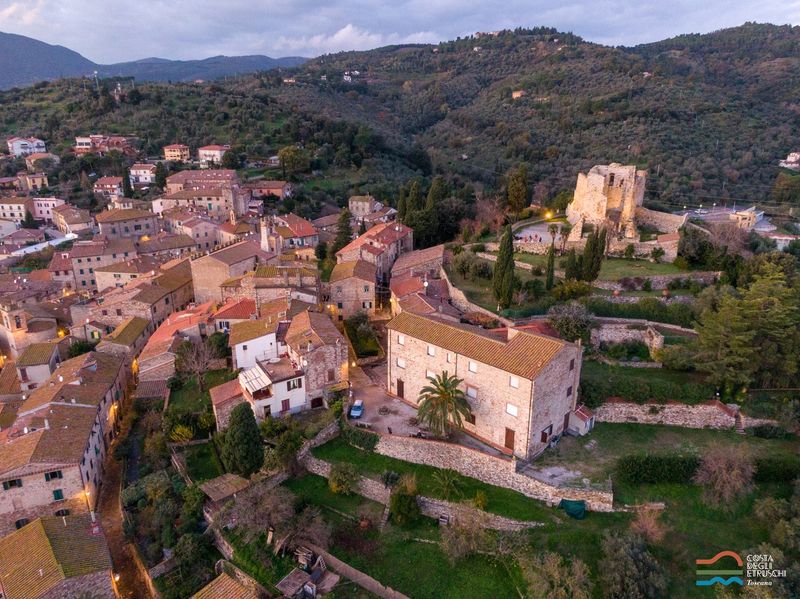
The sun warms terracotta rooftops as you wander Suvereto’s quiet streets, where vines spill over ancient stone walls and the scent of rosemary fills the air.
This Tuscan hilltop village feels like a well-kept secret, with its medieval towers standing proud against endless rolling hills dotted with olive groves and vineyards. Local trattorias invite you to savor rich wines and slow-cooked flavors passed down through generations.
Strolling here, you can almost hear whispers of history in the soft footsteps on cobblestones… And wonder, when was the last time you truly savored the art of slowing down?
4. Montefioralle: The Vineyard-Hidden Gem
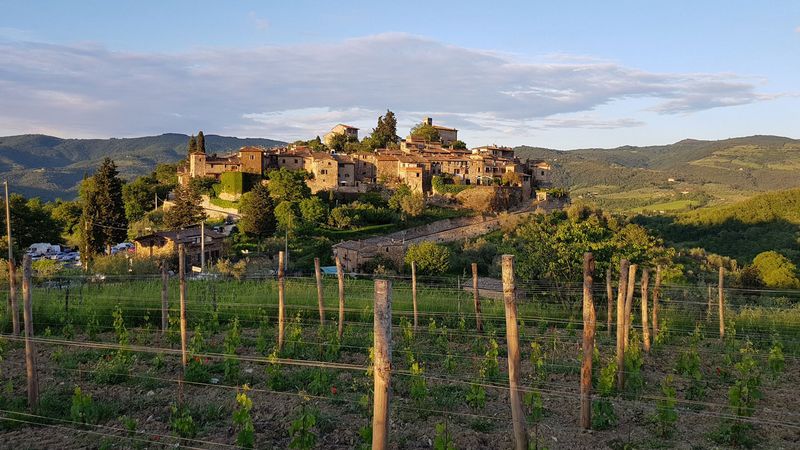
A circular ring of stone houses embraces visitors in this tiny hamlet above Greve in Chianti. So small it doesn’t appear on many maps, Montefioralle remains one of Tuscany’s best-kept secrets.
Vines cling to ancient walls, and potted geraniums add splashes of color to weathered doorways. Look for the house marked with a bee symbol, the birthplace of Amerigo Vespucci, the explorer who gave America its name.
Only one narrow lane circles the village, passing a single restaurant where homemade pappardelle with wild boar ragu pairs with estate-bottled Chianti Classico. The wine comes from vineyards you can see from your table. Can you imagine a more perfect Tuscan moment?
5. Bagno Vignoni: The Thermal Waters Wonder
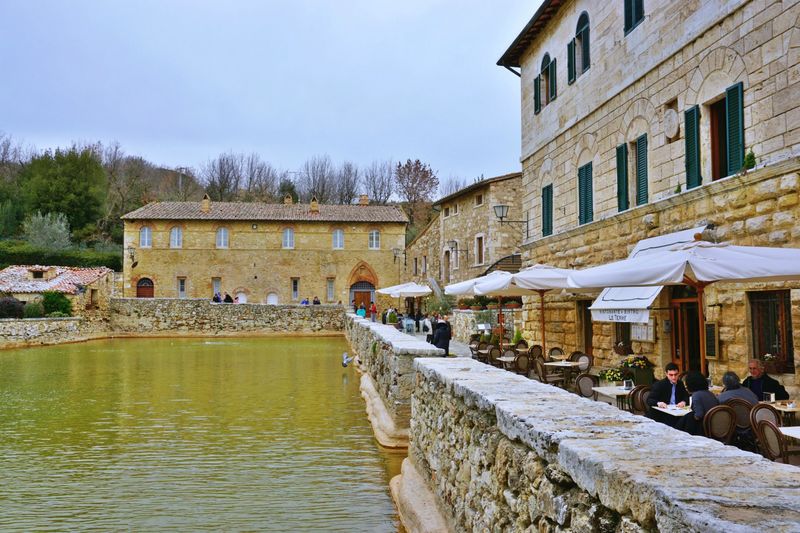
Did you know that medieval pilgrims traveling the famous Via Francigena stopped here to soak their weary feet in steaming thermal waters bubbling up at 49°C? Instead of a central square, this unique village boasts a massive stone pool filled with these healing waters.
Stone buildings frame the rectangular “piazza of water,” where ethereal steam rises on cool mornings. While you can’t swim in the historic pool itself, nearby modern spas offer relaxing thermal baths.
Wander through tiny artisan shops selling lavender soaps and ceramics, or explore the mill district with ancient waterwheels once powered by these very waters. Even Lorenzo de’ Medici came here seeking cures, what ailments might these mineral-rich springs heal for you?
6. Sovana: The Etruscan Time Capsule
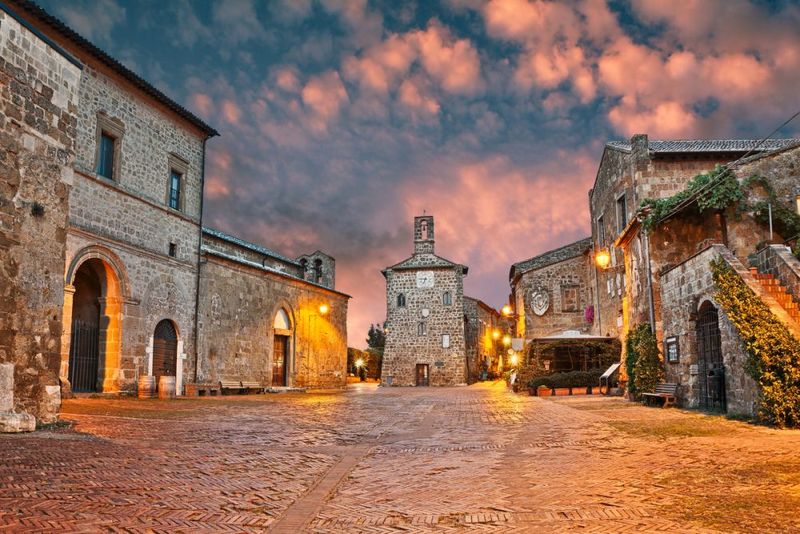
The morning sun lights up the ancient tufa stone as I wander streets that have been Etrus-can hardly changed for nearly 3,000 years. Sovana whispers secrets from civilizations long tombed away.
The Romanesque cathedral’s frescoes still color my world after eight centuries, while nearby, massive carved Etruscan tombs rock the archaeological park where wildflowers bloom among ruins.
Pop into a tiny enoteca to wine down with Sovana DOC wines grown in volcanic soil, the ideal grape escape. The elderly proprietor might even dig up some Etruscan artifacts he found while planting vines.
In these timeless Tuscan villages, every sunset feels like a love letter to life, so why just visit when you can truly belong?
7. Monteriggioni: The Walled Wonder
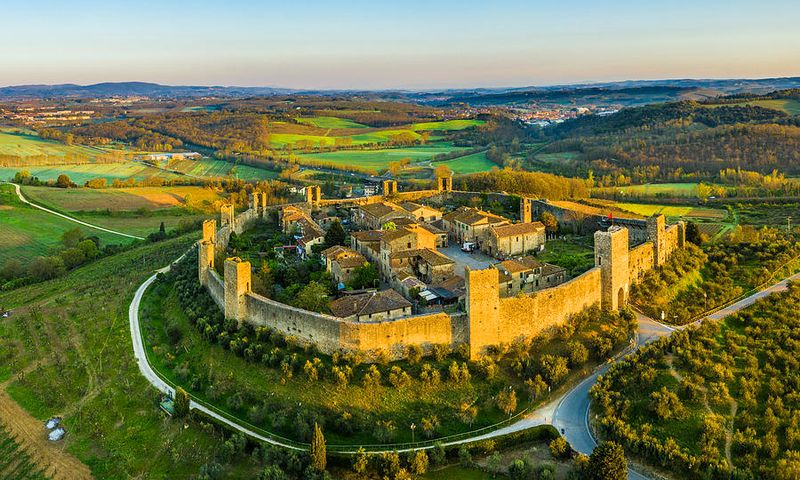
Standing atop a gentle hill, this perfectly preserved medieval fortress town looks like it jumped straight out of a fairytale. The circular stone walls and fourteen towers have guarded this tiny hamlet since 1213.
Inside the walls, a charming piazza welcomes visitors with cafés where locals sip espresso and chat about the day’s events. The views of surrounding vineyards stretch to the horizon.
Walk the complete circuit of walls for breathtaking panoramas of classic Tuscan landscapes. Ever wondered what inspired Dante’s Divine Comedy? This fortress town did, he mentioned its impressive towers in his famous work.
